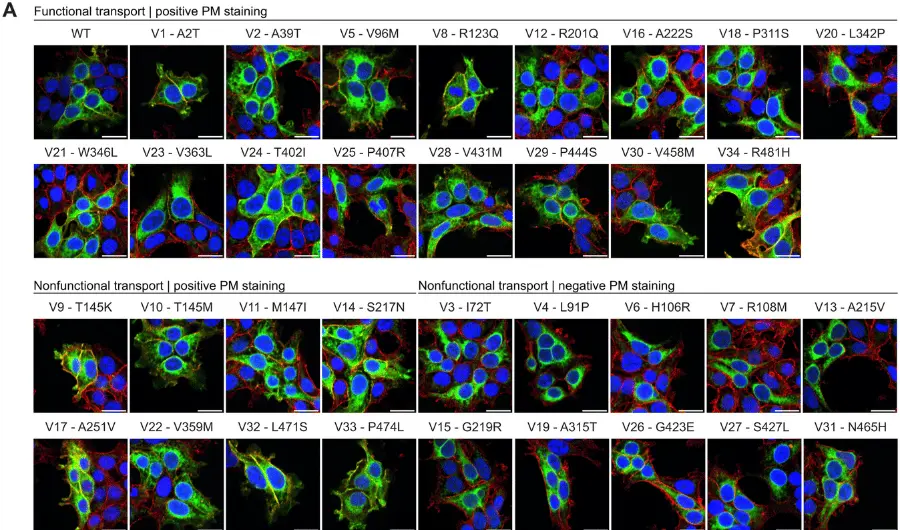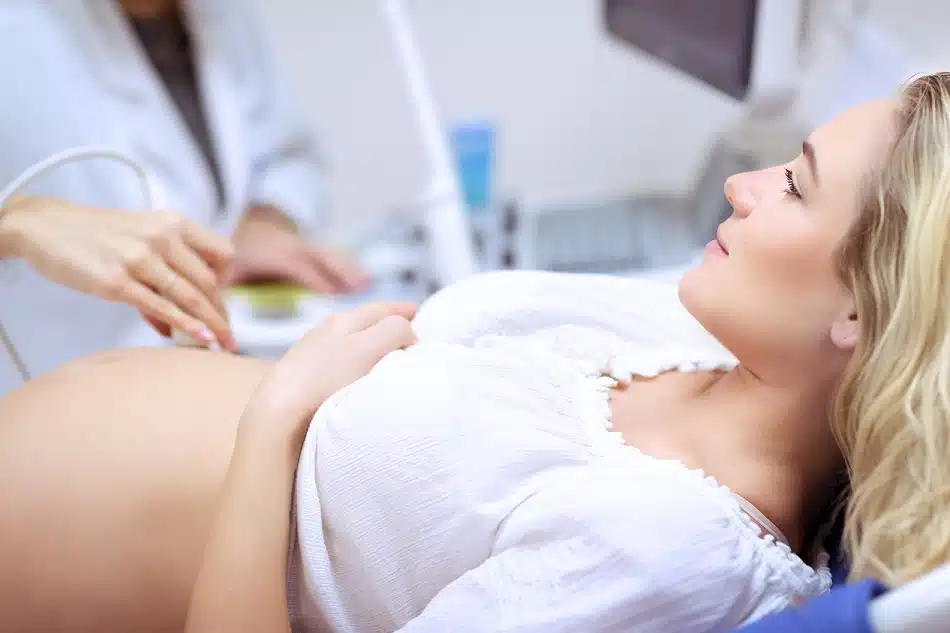Multimodal Nocturnal Seizure Detection in Children with Epilepsy: A Prospective, Multicenter, Long-Term, In-Home Trial
May 18, 2023
Abstract found on Wiley Online Library
Objective: There is a pressing need for reliable automated seizure detection in epilepsy care. Performance evidence on ambulatory non-EEG-based seizure detection devices is low and evidence on their effect on caregiver’s stress, sleep and quality of life (QoL) is still lacking. We aimed to determine the performance of NightWatch, a wearable nocturnal seizure detection device, in children with epilepsy in the family home setting and to assess its impact on caregiver burden.
Methods: We conducted a phase 4, multicenter, prospective, video-controlled, in-home NightWatch implementation study (NCT03909984). We included children aged 4-16 years, with 1 weekly nocturnal major motor seizure, living at home. We compared a two-month baseline period with a two-month NightWatch intervention. The primary outcome was the detection performance of NightWatch for major motor seizures (focal to bilateral or generalized tonic-clonic (TC) seizures, focal to bilateral or generalized tonic seizures lasting >30 seconds, hyperkinetic seizures, and a rest category of focal to bilateral or generalized clonic seizures and ‘TC-like’ seizures). Secondary outcomes included caregivers’ stress (Caregiver Strain Index, CSI), sleep (Pittsburgh Quality of Sleep Index), and quality of life (QoL, EQ-5D-5L).
Results: We included 53 children (55% male, mean age 9.7 ±3.6years, 68% learning disability) and analyzed 2310 nights (28,173 hours), including 552 major motor seizures. Nineteen participants did not experience any episode of interest during the trial. The median detection sensitivity per participant was 100% (range 46–100%), and the median individual false alarm rate was 0.04 per hour (range 0–0.53). Caregiver’s stress decreased significantly (mean total CSI score 8.0 vs. 7.1; p=0.032), while caregiver’s sleep and QoL did not change significantly during the trial.
Significance: The NightWatch system demonstrated high sensitivity for detecting nocturnal major motor seizures in children in a family home setting and reduced caregiver stress.







